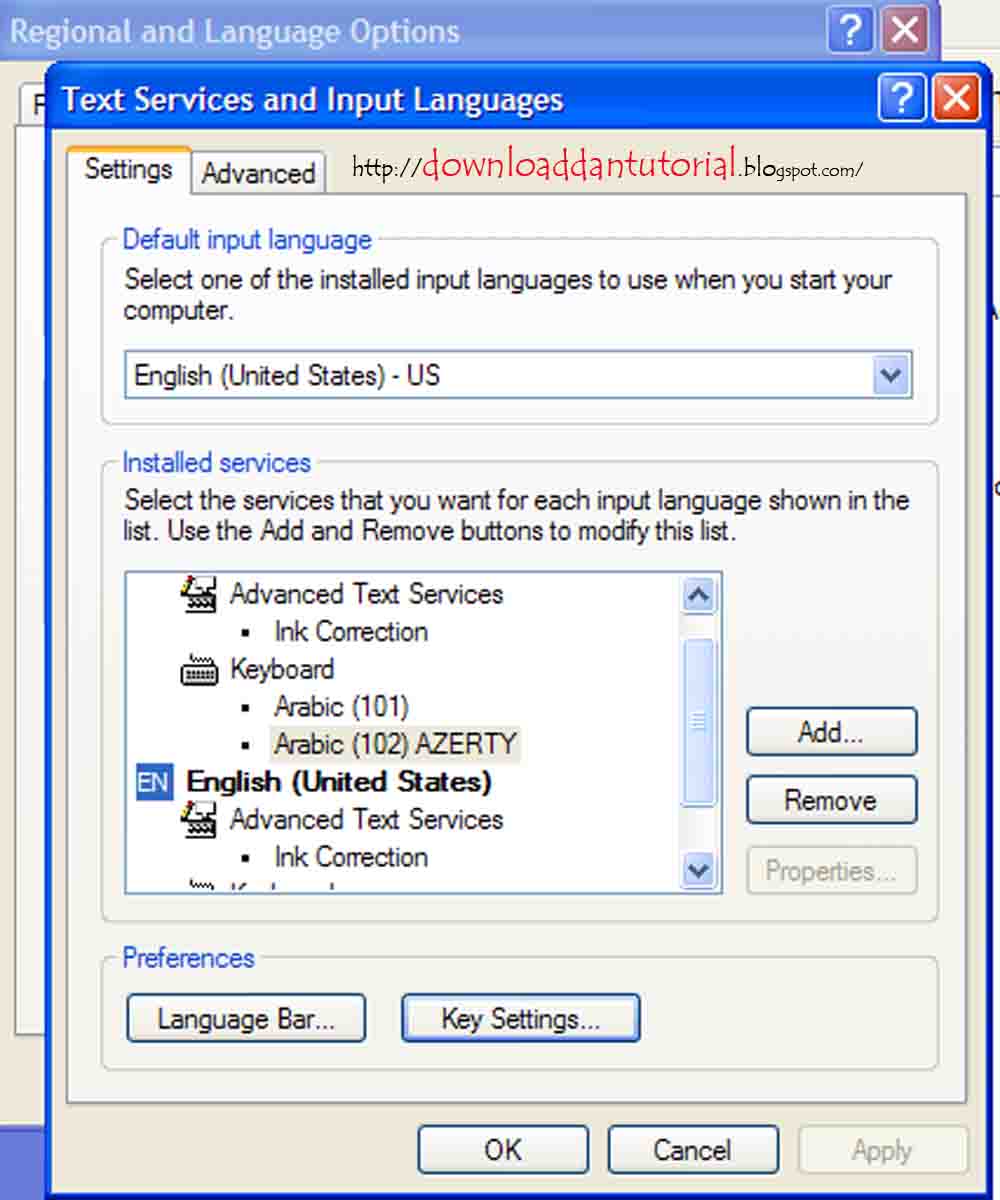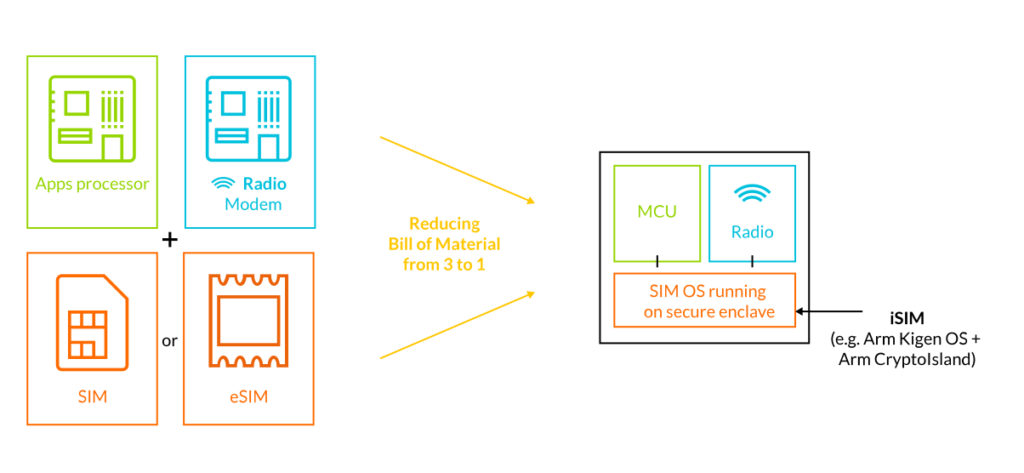

Whether driven by a software bug, power outage or filesystem issue, the system may become inconsistent and require costly, expert manual intervention to recover.Īlso, as we discussed in Part IV of this series, the next generation of IoT innovations is moving too fast compared to the release cadence of standard Linux distros. įurthermore, whereas an apt-get update works fine for servers within a secure environment, intermittent power and network outages for devices in the field mean an update will likely be interrupted. Developers often obtain newer or older versions of the dependent packages to solve the challenge of installed libraries having dependencies on specific software, potentially breaking compatibility further and pushing the problem to another set of packages. When you need to revert to the previous software, downloading an old version from a package repo and installing it over a broken system may require a complex set of scripts from a package maintainer. With traditional update mechanisms, faulty updates can cause IoT devices to become unstable, and fixing them requires costly manual intervention through on-site engineer visits or device recalls. If the handcrafted package-based releases require specific pre/post-install scripts, they risk rendering the system inconsistent. A package manager usually replaces existing files and binaries on the system, often in long interdependent chains that can leave the updated machine in a non-working state. Modern tools and package managers like dpkg and RPM solve some problems by including a complete set of dependencies but still provide non-atomic, incremental updates. A scripted update is not robust, as it lacks atomicity and can’t update the kernel in raw flash memory.


Most updates rely on tarballs and shell scripts, paralleling the evolution of early Linux distros with packages in tarballs without dependencies. Is the current paradigm capable of delivering reliable software updates to low-powered, inaccessible, and often remotely administered embedded Linux devices in the field? Legacy update mechanisms are not suitable for IoT devices The new wave of devices is connected to the internet, allowing hackers to exploit eventual bugs. Legacy embedded systems were largely unconnected, with manually applied updates at most comprising functional fixes. As rising connectivity in our everyday lives exposes embedded devices to ongoing malicious attacks, consumers expect manufacturers to make secure embedded appliances.


 0 kommentar(er)
0 kommentar(er)
